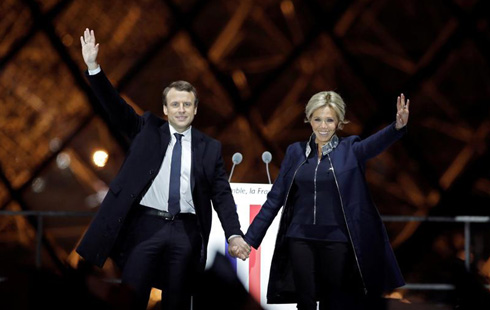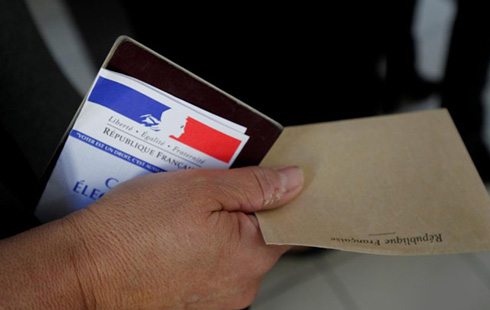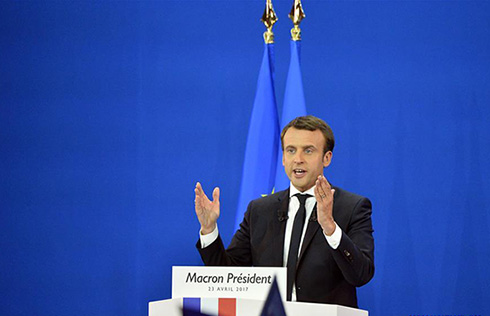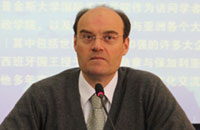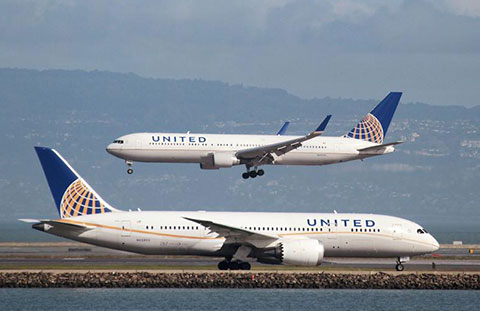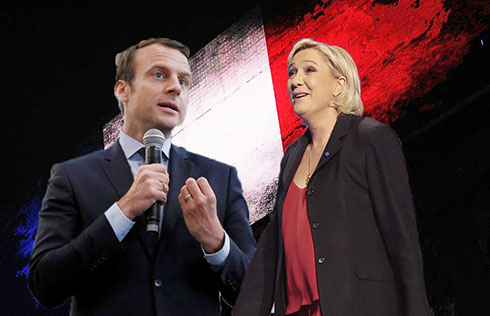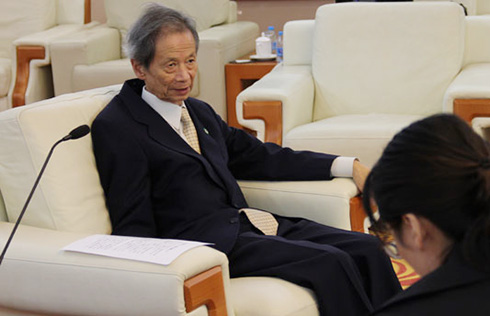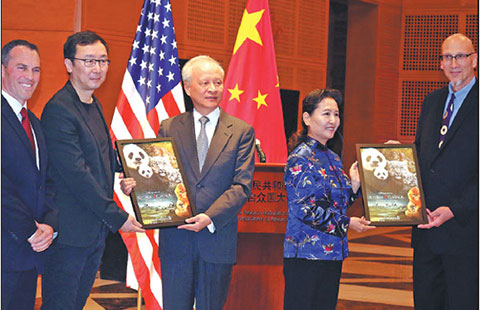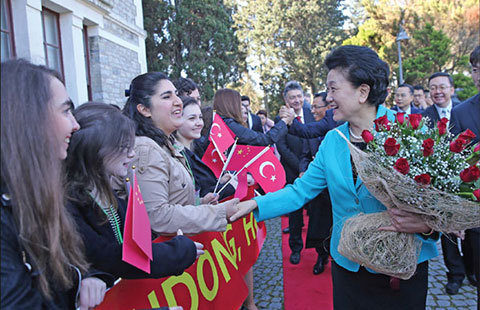The Korean nuclear issue: Past, present, and future – A Chinese perspective
On September 23, 2005, almost at the same time the Six-Party Talks were in progress, the U.S. Treasury Department, without any warning, openly accused the Macao-based Banco Delta Asia (BDA) of money laundering and circulating counterfeit bank notes for several North Korean accounts. The funds, according to the accusation, were used for "supporting terrorism." On September 9, the U.S. requested that North Korea's $25 million in the BDA be frozen. Then, on October 21, the U.S. blacklisted eight North Korean enterprises and froze their U.S. assets. On the surface, the BDA case was not directly related to the Korean nuclear issue, yet it exerted a major impact on the progress of the talks.
The North Korean delegation came as promised to the first stage of the fifth round of the Six-Party Talks in Beijing on November 9-11, 2005. In December, the U.S. implemented another round of financial sanctions against Pyongyang. In the face of increased U.S. sanctions, North Korea publicly stated that it would not return to the Six-Party Talks until the U.S. removed its economic sanctions. But instead of ceasing to impose sanctions, the U.S. Treasury Department stepped up sanctions in April 2006.
This not only put an end to any possible implementation of the agreement achieved by the Six-Party Talks; it practically set off a vicious cycle of sanctions, nuclear test, more sanctions, and another nuclear test, which has since become a familiar pattern. The escalating sanctions by the U.S. did not stop or slow down the pace of North Korea's nuclear weapons program. Pyongyang test fired seven missiles into the Sea of Japan on July 5, 2006, and declared a successful underground nuclear test on October 9.
On October 14, 2006, the U.N. Security Council unanimously approved Resolution 1718, proposed by the U.S. The resolution required all U.N. members to embargo goods related to nuclear weapons and technology, large weapons, and luxury commodities headed for North Korea, while urging Pyongyang to stop its nuclear tests and suspend all actions relating to ballistic missile development.
In October 2006, China, along with other members of the U.N., did not want to give up on the peace process and continued to pursue mediation. North Korea eventually agreed to return to the Six-Party Talks on November 1. During this time, the U.S. Democratic Party had won the midterm congressional elections, forming a majority in both the House and the Senate. So-called neoconservatism ebbed in the U.S., and the Bush administration toned down its tough stance on North Korea.
At the second- and third-stage meetings of the fifth round of Six-Party Talks held in Beijing on December 18-22, 2006, and February 8-13, 2007, a major success was achieved: a joint document entitled Initial Actions for the Implementation of the Joint Statement (hereafter, the February 13 Joint Document). It outlined a number of parallel actions, including North Korea shutting down its nuclear facilities in Yongbyon and declaring and abandoning all nuclear programs. The U.S. and North Korea agreed to hold bilateral talks and the U.S. agreed to remove North Korea from the list of state sponsors of terrorism. North Korea's agreement to declare and end all of its nuclear programs marked an important step forward.
After the signing of the February 13 Joint Document, the situation on the Peninsula improved and North and South Korea resumed ministerial level dialogues. The IAEA director general, Mohamed ElBaradei, headed for North Korea to discuss the details of closing and sealing up the nuclear facilities in Yongbyon. On the same day, the North Korean vice foreign minister, Kim Kye-gwan, paid an "ice-breaking" trip to the U.S. and attended negotiations on normalizing relations between the two countries, the first time such an event had taken place.
However, sanctions on North Korea continued to hinder the implementation of the September 19 Joint Statement and the February 13 Joint Document. North Korea insisted that the prerequisite for shutting down the nuclear facilities in Yongbyon was to lift sanctions, but the U.S. refused.
When the first-stage conference of the sixth round of the Six-Party Talks was held in Beijing on March 19-22, 2007, the U.S. confirmed that the North Korean funds frozen in the BDA would be transferred to the Bank of China. North Korea promised to use the money for humanitarian purposes and education. Unfortunately, due to some "technical problems," the money was not deposited into the designated Bank of China account. North Korea took this as a breach of the agreement on the part of the U.S., as Pyongyang had fulfilled its responsibilities while Washington failed to complete its part of the commitment. Therefore, North Korea declared that it "would take no further step" until the BDA problem was solved. When it was eventually resolved on June 25, North Korea resumed its actions to fulfill the February 13 Joint Document. On July 14, with the nuclear facilities shut down, 6,200 tons of heavy oil provided by South Korea arrived in North Korea and IAEA inspectors headed for Yongbyon to supervise and verify the shutdown. Meaningful progress in addressing the Korean nuclear issue had finally been made.
The U.S.-DPRK working group met in Geneva on September 1, 2007, where North Korea explicitly promised that it would declare all of its nuclear programs and "disable nuclear reactors." The U.S. also promised to remove North Korea from the list of state sponsors of terrorism. Nevertheless, when speaking at the U.N. General Assembly later that month, President Bush referred to North Korea and other countries as "brutal regimes," indicating that the U.S. still had a very negative attitude toward the North Korean regime.
The second-stage meeting of the sixth round of the Six-Party Talks was held from September 27 to October 3, 2007. It saw the signing of the Second-Phase Actions for the Implementation of the Joint Statement (hereafter, the October 3 Joint Document). The new document focused on "disabling the nuclear reactors" and "declaring all nuclear programs," required North Korea to disable the 5-megawatt experimental reactor at the Yongbyon Nuclear Scientific Research Center as well as the nuclear fuel reprocessing plant (radio-chemical laboratory) and the nuclear fuel element plant, and obligated Pyongyang to declare the suspension of all of its nuclear programs before the end of 2007. The October 3 Joint Document also required further improvement of bilateral relations between the U.S. and North Korea and between Japan and North Korea. On November 5, work to disable the nuclear facilities began.
Moving into 2008, North Korea started hesitating again. Even as it was honoring its commitments and had completed 75 percent of its nuclear reactor disablement, North Korea did not see corresponding measures being taken by other parties, and the promised heavy oil, equipment, and material assistance had not been supplied. In January, North Korea slowed down the dismantling of its nuclear reactor.
North Korea's behavior became a new focus of controversy. The points of difference between the U.S. and North Korea were mainly the following: how much plutonium North Korea had, whether North Korea had a uranium enrichment program, and if North Korea was conducting nuclear cooperation with Syria. The debate over these differences became an obstacle and North Korea did not issue a declaration of its nuclear programs before January 1, 2008, as had been required.
The parties again engaged in new rounds of consultations and the U.S. and North Korea managed to meet in Geneva and Singapore in March and April of 2008. The two countries agreed that North Korea would declare an end to its nuclear program and the U.S. would remove North Korea from the list of state sponsors of terrorism. North Korea duly provided a record of reactor operation in Yongbyon so that the U.S. could calculate the amount of plutonium produced. The U.S. took that act as "a vital step forward." Accordingly, the U.S. was obliged to remove North Korea from the list of state sponsors of terrorism within 45 days.
But on the very day when North Korea submitted its declaration, U.S. Secretary of State Condoleezza Rice raised the issue of verification in The Wall Street Journal and called for an inspection of North Korea's declaration.26 North Korea was strongly opposed to this, arguing that the October 3 Joint Document did not include any clause on verification. As the 45-day limit expired, the U.S. failed to honor its commitment to remove North Korea from the list.
On August 11, North Korea declared that it would "suspend the operation of disabling nuclear reactors and would at the same time consider restoring Yongbyon nuclear facilities to the original state." It also expelled IAEA inspectors. The situation remained tense until early October, when U.S. Assistant Secretary of State Christopher Hill visited North Korea. An agreement was reached, with the U.S. declaring that it would remove North Korea from the list of state sponsors of terrorism. North Korea then expressed willingness to restart the disabling of its reactors and accept verification measures.
It can be concluded that the Six-Party Talks managed to move forward in spite of many difficulties and obstacles and helped to maintain stability on the Peninsula. More importantly, the talks kept all parties moving in the direction of denuclearization and a peaceful settlement of their differences. Unfortunately, this process failed to continue in subsequent years.








